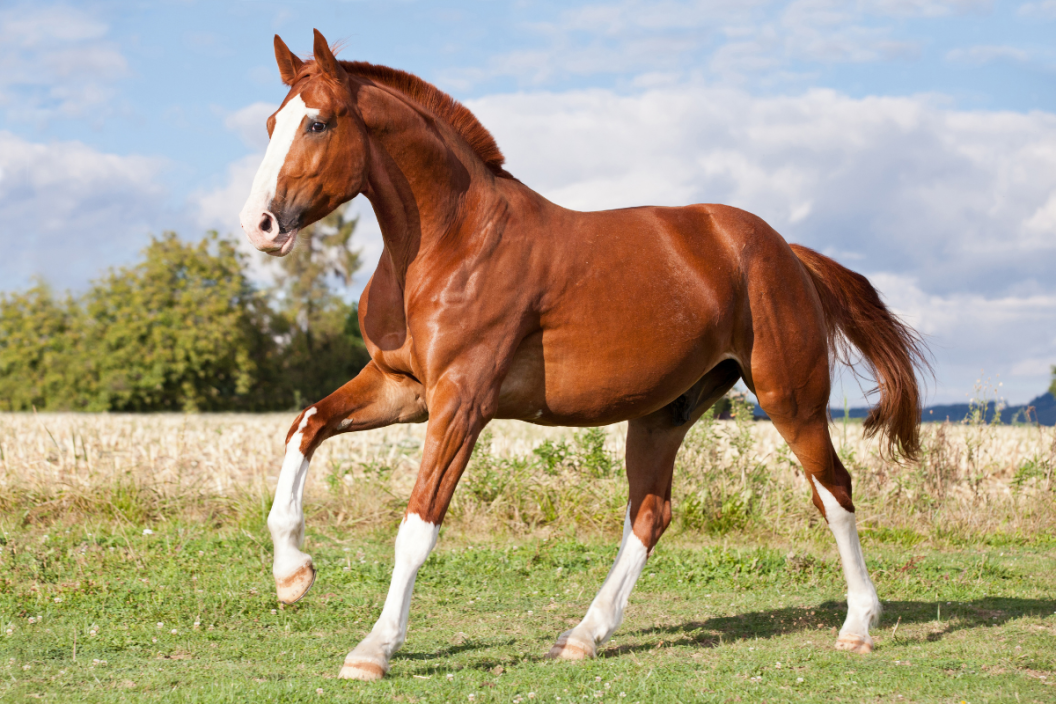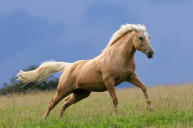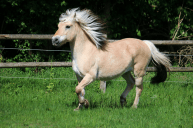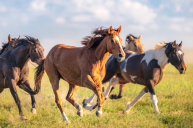What's the difference between a sorrel, chestnut, and red roan horse color?
There are many different horse colors, all defined by horse genetics. For example, horses with black pigment will have a black mane and black hair. Other horses have different color genetics, which leads to some horses having a flaxen mane while others are a browner shade like buckskin. Several distinct coat colors are applied on horses, which may appear very similar at first glance, even to equestrians. For example, a red roan is a horse with white hair mixed with crimson. A sorrel horse has an entirely red base color with the possibility of white markings, whereas a chestnut horse has a considerably darker, brownish-red base color. These colors result from dilution genes, recessive genes, and other genetic markers, resulting in equine coat colors on the horse's body, lower legs, and mane. A horse's coat color can seem extremely similar to other types of horses, and sorrel quarter horses are notorious for being mixed up with chestnut horses.
Sorrel Horses
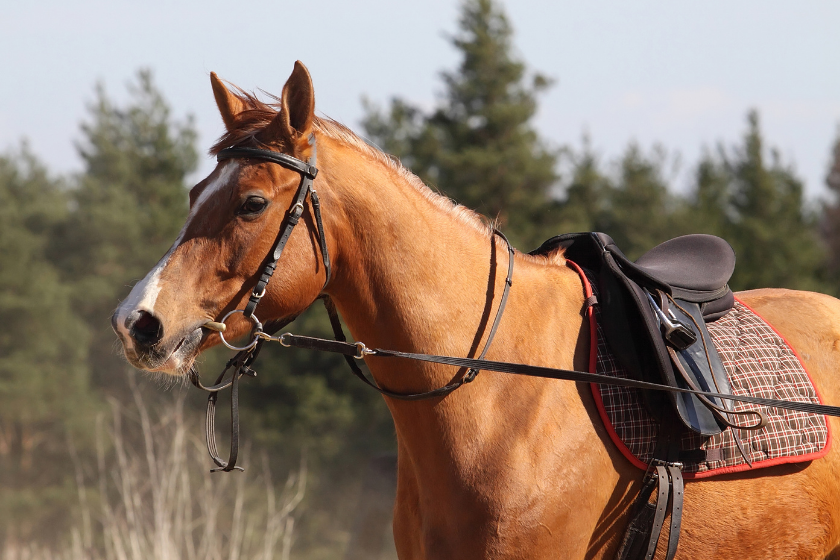
Horse breeds with sorrel coat color include the Belgian draft horse, Argentinian anglo horse, racking horse, American paint horse, bavarian warmblood, appaloosa, half Arabian horse, Chincoteague Assateague pony, Tennessee walking horse, sella Italiano, and the mountain pleasure horse.
Many horse enthusiasts believe that sorrel color and chestnut are two distinct hues, although there is no distinction between the two. According to the American Quarter Horse Association, sorrel indicates the copper-red form of chestnut but can also refer to chestnut in general. The term 'sorrel' is more generally used in the Western United States, while 'chestnut' is more commonly used on the east coast of the United States.
The appearance of a horse's color might make determining the exact name for its color challenging. Chestnut, sorrel, red roan, chestnut roan, and bay roan are all words used to describe horses with a reddish or reddish-brown color. A chestnut horse might have a wine-colored tint or appear brownish-red, whereas a sorrel horse is a plain red. Any other color gene would overcome the red; because red is a recessive color, two red parents will always have red offspring. When a particular color gene is combined with a roan gene, a red roan, chestnut roan, sorrel roan, or other roan types, such as blue, are produced.
Chestnut Horses

RELATED: Tennessee Walking Horse: Origins, Coloring & Health Concerns
A chestnut horse is darker than a sorrel horse and includes horses with a brown tint. Chestnut refers to a red horse with a dark mane and tail that seems black. The appearance is only due to a highly intense red coloring, which may cause it to appear black when put against another hue.
There are several horse breeds recognized worldwide that acknowledge a chestnut hue. In addition, some breeds have a Chestnut background with white markings. Check with the breed registry for the numerous names used for different shades of Chestnut. In addition, there are several variations, such as liver chestnut, red chestnut, and flaxen chestnut.
Breeds with a chestnut color include Arabian, Morgan, American Saddlebred, Dutch Warmblood, Hackney Horse, Hanoverian, Kentucky Mountain Horse, Missouri Foxtrotter, Selle Francais, Shetland Pony, Tennessee Walking Horse, Thoroughbred, Trakehner, West Phalian, and Welsh Pony.
Red Roan Horses
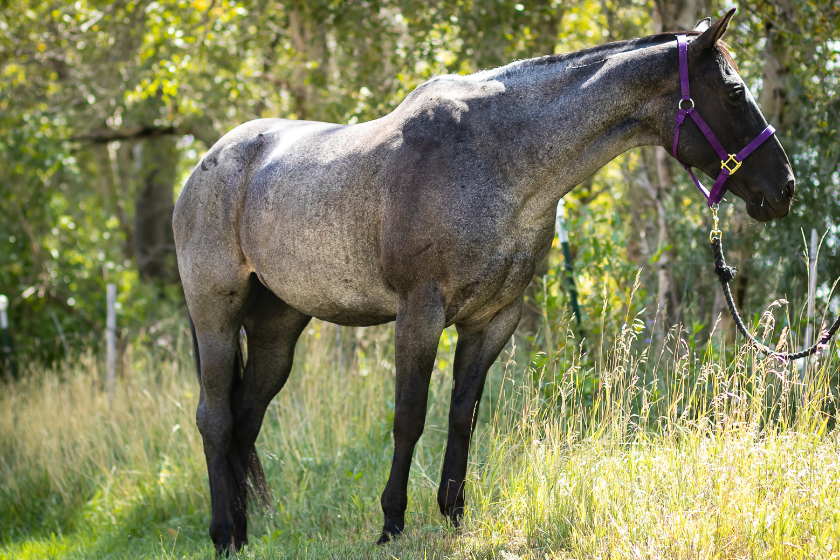
A red roan is a chestnut/sorrel horse base coat that has the roan gene. A bay with roaning is called a bay roan, but a black horse with roaning is called a blue roan. The roan gene can be found in all other hues. However, light colors like palomino make the roaning challenging to notice. The AQHA recognizes these horses as their base color and indicates that they have the roan gene for registration reasons.
A red roan horse has a sorrel or chestnut coat that is speckled with white hairs. Some horses only have the roan pattern on their tails and across their bellies, a pattern known more precisely as "rabicano." If a true roan loses a patch of coat, the hairs will not grow back white but rather the color of the foundation coat.
Young Horses
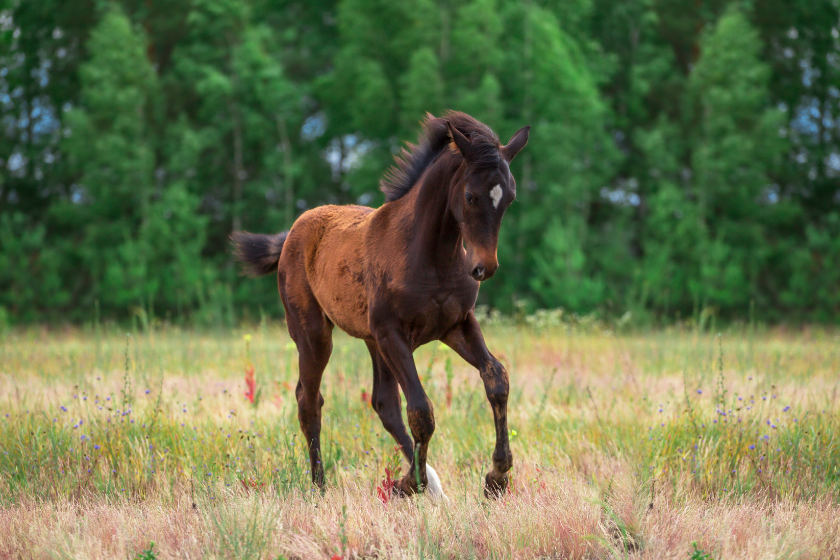
A juvenile horse might be an entirely different hue than he will be once his first coat has been shed. When a foal is born, he may be grey, but he may be red when he matures. A sorrel horse and a chestnut horse are genetically identical. The horse must have two red genes to be red because the gene that gives them their red coloration is recessive.
Do you have a favorite horse color? Tell us on the Wide Open Pets Facebook page!
